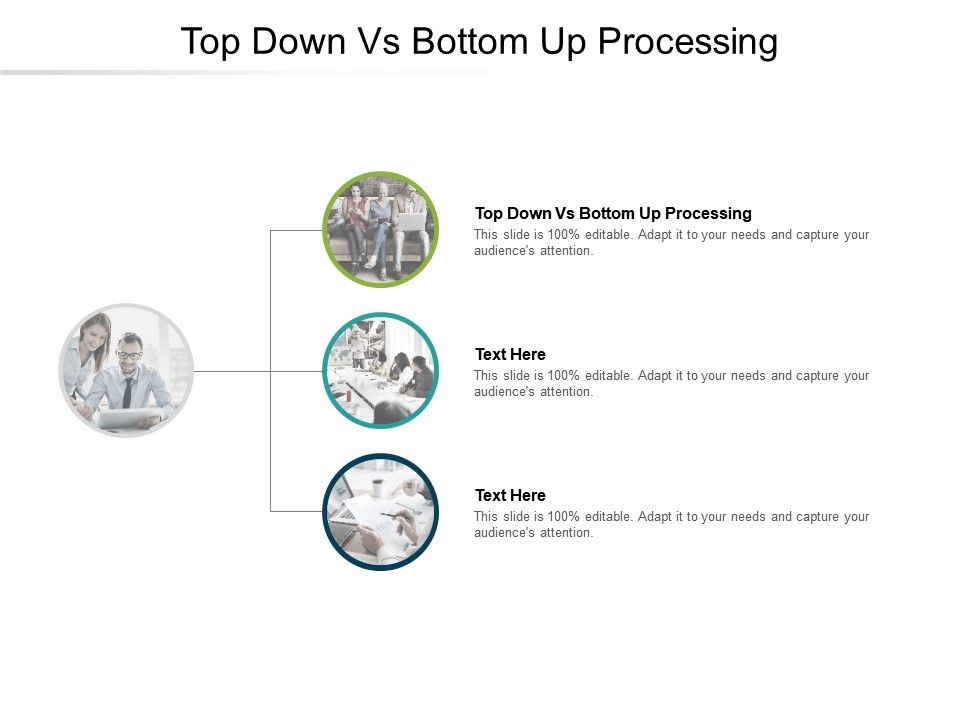

However, whenever one particular interpretation is selected, the others are suppressed to avoid conflicting interpretations of a visual scene. Since more than one interpretation is possible, your brain alternates between them. It would seem that your brain takes the visual information provided about the cube's edges and then tries to fit an interpretation on it. At no point, though, can both orientations be held in one's head at once (at least, I cannot manage to do that). However, after staring at the cube for a few moments, they can cause it to 'flip' into the other orientation. It is ambiguous, though, whether it is intended to be in one of two possible orientations: are you looking slightly down onto the cube, or slightly up at it (in other words, are the bottom two corners corners on the front or back face of the cube)? For most people, there is a default orientation when they first see it. This simple drawing forms a three dimensional clear cube. When it does, it is sitting in your blind spot, and your brain fills in that area with it's best guess (in this case, blank white paper).Īnother example that occurs slightly higher up in your visual processing is the Necker Cube, shown here. At a certain point, the X on the periphery of your vision should disappear. Hold the paper about half an arm's length in front of you and gradually move it closer. Then close one of your eyes and stare at the opposite mark with your open eye (for example, if you closed your left eye, look at the left X with your right eye). A quick way to demonstrate this is to take a piece of scrap paper and put two X's on it about eight centimeters apart. You do not realise this, though, because your brian manages to fill in that area of your visual field with its best guess as to what is there. However, if you close one eye and keep your other eye locked on a specific target, your blind spot becomes anchored in place.

Also, your eyes are almost constantly performing saccades (small jumps around to focus on different regions of the visual field). This is normally not a problem since the blindspot of each eye falls on a different area of your visual field, so the sensory perceptions of one eye can compensate for the other. In your retina you have a small area devoid of receptors where nerves and blood vessels enter and leave your eye. One example of top-down processing that is fairly easy to demonstrate is the blind spot. Effectively introducing top-down processing into artificial visual systems, however, is quite difficult, and it would seem that the top-down algorithms instituted by our brains (and their handy parallel architecture) are what keep us currently so far ahead of computers.

What is fairly surprising, though, is top-down processing is also clearly involved in visual processing.

Your brain clearly does some bottom-up processing, since you react to raw changes in the visual stimuli even if there was no reason to expect that change. Top-down processing means you start with an idea of what you ought to be seeing (most likely determined by recent sensory information, other sensory clues, and your past experience). Optical illusions and trick images are one relatively simple way to explore the way our brain processes visual information, and they are also fairly fun to look at.īottom-up processing basically means your brain reads in the raw visual information captured by the retina and gradually figures out what it means as one moves farther along the processing chain that is your cerebral cortex. As with most things (especially in psychology), neither one is entirely correct and your brain utilizes a combination of the two. One of the interesting debates in perception psychology and neuroscience is whether the brain performs bottom-up or top-down processing. It shouldn't be entirely surprising, though, that our visual system is as incredibly powerful as it is, since a huge proportion of our brain is utilized primarily for visual processing. One of the subjects I have written about before is machine vision and the incredible difficulty of developing a robust visual processing system that can equal the robustness of our own visual system.


 0 kommentar(er)
0 kommentar(er)
